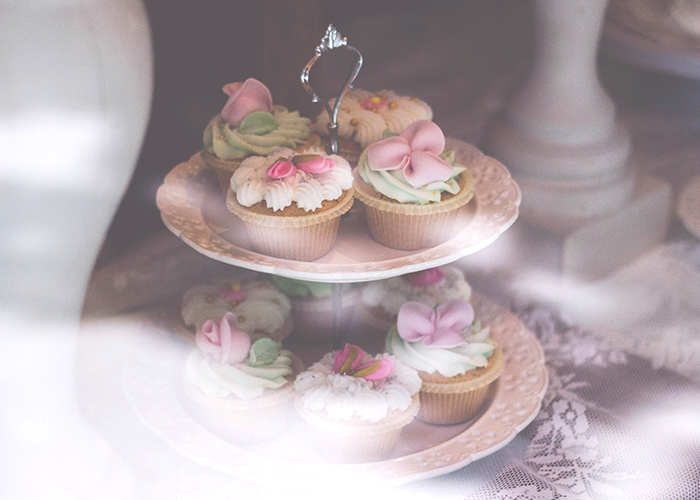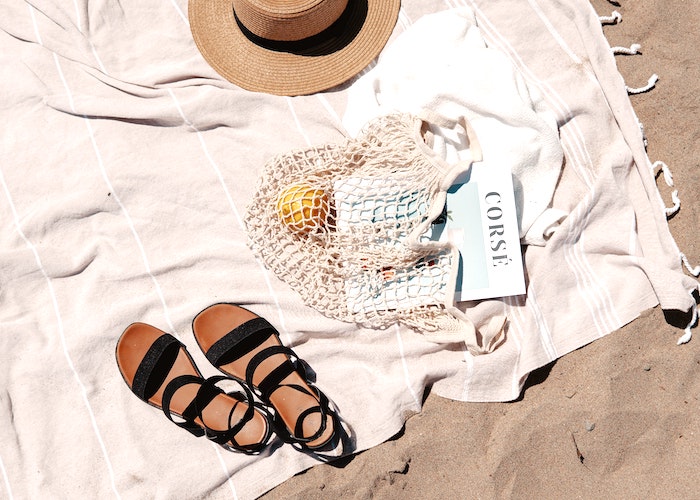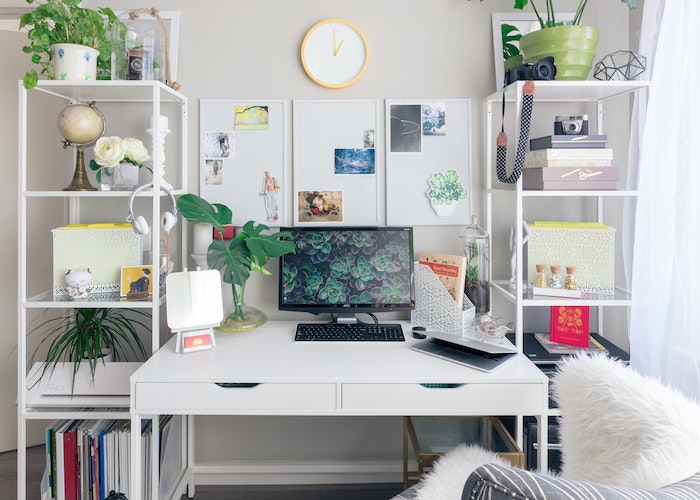
I’ve always been an impulse spender, everywhere from my favorite online stores, to the checkout line of TJ Maxx. When I first started TFD, it was one of my primary motivations for writing about money, and it’s a topic I covered a lot in the infancy of the blog (back when it was still a Tumblr and everything!). And while last year was not a perfect time, spending-wise, in looking over my records for a meeting with my accountant tomorrow *30-second groan*, I have come to a great realization: my small steps towards curbing my impulse spending last year actually worked, and I had many, many fewer purchases I couldn’t account for than in 2014.
In some categories, spending remained pretty much even, but all of the individual purchases were more significant and something I remember distinctly, including my reasons for spending on it. (This was most notably true in my wardrobe, but also in home goods.)
And while I still spent more than I should have in the dining/entertainment/travel category, all the “things” I used to buy on a whim have essentially disappeared. And so, without further ado, the three primary strategies that led to this radical reduction in my impulse spending.
Eliminating certain stores entirely, and only going to certain other ones with a buddy.
There are a lot of stores I just straight-up won’t go to anymore, and that includes all fast fashion stores, home decor stores I can’t afford (but will buy a knick-knack from every time because everything is just so beautiful), upscale makeup stores other than Sephora, and expensive consignment shops where I fall in love with every $200 vintage designer dress. I know that going into them is always going to lead to the kind of purchase I regret, and by limiting myself in this way, I won’t even face the temptation. (The home decor and fast fashion I just don’t need, but for things like makeup, if I limit myself to Sephora, that means I can do all my beauty shopping in one place and plan ahead with a list once every few months. There’s a lot of stuff I can’t get at NARS, for example, and so I always end up going just to ~feel beautiful~ and buying something luxurious that I don’t actually need from them.)
As far as the stores I only shop in with a buddy, this is pretty much just my beloved discount stores. TJ Maxx, Marshalls, Home Goods, Century 21, Nordstrom Rack, etc — all of these can only be shopped at if I’m with a friend, Marc, or my mom. This is because I feel guilty when in front of other people when I veer off into other sections and load my cart up with mugs, candles, throw pillows, fancy soaps, and a yoga mat, when I was there to buy a new blazer for work. I will never give up these stores, of course, but if I go in with a specific plan, tell that plan to my buddy, and fully utilize the social pressure of the buddy system, I can curb my wandering impulse spending.
Planning out and investing up-front whenever possible.
I have started keeping really close track of things like my wardrobe (I actually have a Google doc with everything I have/should sell/still need!), my kitchen supplies, office stuff, and all the other things that require organization and planning. Now that I live in a big apartment with a real home office that takes up a whole floor, the ability to just mindlessly accumulate has never been easier, and the need to be judicious about purchases has never been more pressing. If you can’t see exactly what you need — and what is worth investing in, because you need it to be of quality — you will end up cycling through a few shitty versions on the way to the final purchase. Writing everything down and counting for it has been essential to that process.
For example, when Lauren and I were planning out the office last year, we did so through drafts of the room layout, shared Excel sheets, lists of everything we could get for free, and things we had to invest in. We picked up things on bulk pickup days and refurbished them, we got extra stuff from our parents’ houses, and we made sure that we were planning ahead for every purchase. Nothing we bought wasn’t specifically discussed before. This is a strategy that made sure we didn’t overspend at all when putting it together, and put the money where it actually needed to go, and it’s a strategy I’ve recreated with the rest of my spending areas, such as wardrobe, kitchen, home goods, etc.
I’ve become a bit of a queen of lists/Excel sheets when it comes to buying things, and I’ve never been happier.
Deep cleaning/purging much more frequently.
The last point would not be complete without its partner-in-life-change, my increased purges and deep-cleans. While there are still a few corners in my current apartment that need to be gone through and organized properly, I’ve gotten a lot more religious about taking stock of everything at least once per season. This means closet purges, getting rid of useless knick knacks, donating books we don’t need/want to keep, throwing out useless old mail and magazines we aren’t collecting, opening up boxes of stuff and sorting it into its relevant areas in the house, etc.
Part of this is obviously because we moved last year, but I’ve done purges/tallies twice since moving, once for my spring wardrobe and once for my large bookshelf which was, for the first six months I lived here, more of a struggly, chaotic storage unit than proper bookshelf. And in addition to the stuff that can go to a better home/be sold for a nice little profit, there’s something incredibly useful about going through and simply throwing some stuff away (and of course, whenever possible, recycling). It’s good to be reminded on a regular basis just how much shit you accumulate, and not save it all for the once-every-few-years when you move into a new place. Keeping a keen eye of how much you have, and how much you don’t need, means you are much less inclined to keep accumulating.
I’m much smarter now about the stuff that’s worth replacing frequently (discount candles, for example, because I actually burn them all the time), what’s not worth buying (small purses, because I literally never wear them), and what you can put a stop to (all non-electronic communication with my banks and utilities). All of these epiphanies came from purges over the last year.
Impulse spending only happens when you think you will get something out of it. And the more you confront how much those little purchases clutter your life, the less you will make them. Promise.
Image via Pexels




